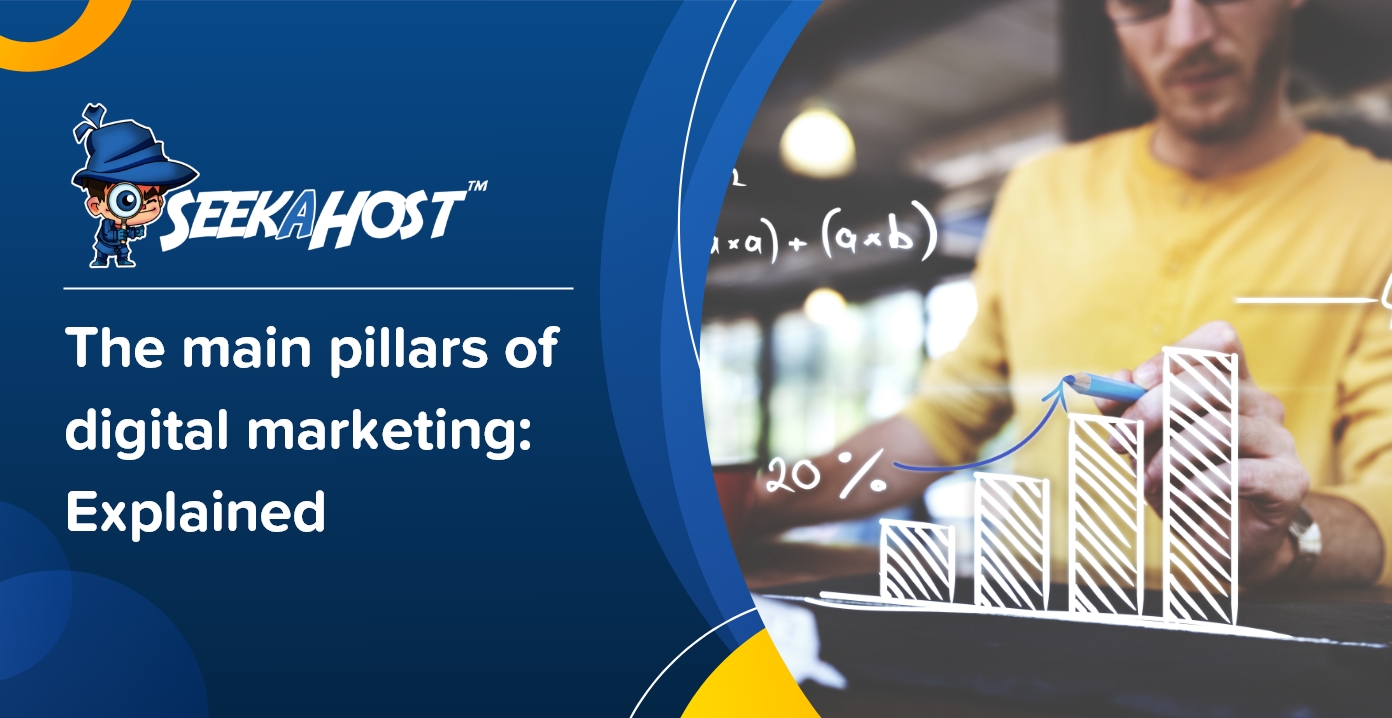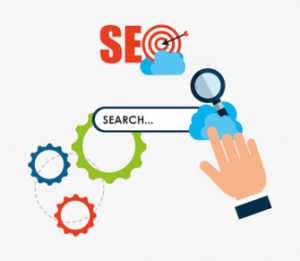
The main pillars of digital marketing: Explained
Any kind of marketing effort—brand building or customer acquisition—you take over the Internet come under the purview of digital marketing.
It is really not as tough as some jargon-loving ‘specialists’ make it to be. For outsiders, however, it can take some time in trying to wrap their heads around the concepts and components of digital marketing.
I have spent a major part of my adult life involved in digital marketing and related endeavours. And I would like to take this opportunity to clear the air around digital marketing. For that, I’d be explaining in fair detail the main pillars of digital marketing.
What does this guide offer to the reader?
For business owners and brand decision-makers:
This guide will help you identify suitable digital marketing channel(s) to target
For aspirants aiming for a successful digital marketing career:
The guide will help decide on a specialization or starting point.
Let’s get straight into it.
Pillars of digital marketing
Digital marketers are divided about the number of pillars of digital marketing. Some say 4 and others go on to discuss as many as 15.
However, all would agree that the cornerstones or the main pillars are:
- Content marketing
- Search engine optimization (SEO)
- Social media
- Pay per click (PPC) advertising
Other pillars or components of digital marketing include
- Account-based marketing (ABM)
- Affiliate marketing
- Analytics
- Audio marketing
- Branding
- Digital PR
- Email marketing
- Inbound marketing
- Mobile marketing
- Review marketing
- Video marketing
Let’s understand these pillars in detail now.
The main pillars of digital marketing
● Content marketing
For 72% of marketers, content marketing is the most effective digital marketing tactic.

One of the key buzzwords associated with digital marketing is ‘content’. And it is one of its main pillars. Cold calling and impersonal selling methods won’t work in the digital world. People want brands to not just offer services/products for a fee. They also need to provide relevant and valuable content. This content can be in the form of blogs, eBooks, white papers, infographics, guides, listicles, and more.
Written with the aim to inform and engage audiences, the right content can make people love your brand. And also shop from you and become loyal customers.
● Pay per click (PPC) advertising
PPC is known to offer a 200% return on investment.

Paid advertising can never be dead. But in the digital domain, you don’t have to spend thousands of bucks and hope that people saw your ad. You pay only when someone clicks on your ad. And this concept of paying only for each click is called Pay-per-click advertising. Google Ads is the prime example of this important pillar of digital marketing.
With PPC ads, you can:
- Target specified audiences
- Pay only when they click on your ad, and
- Continuously improve your campaign to get better results.
● Search engine optimization (SEO)
Over 70% of purchase decisions begin with an online search.

The most important pillar of digital marketing is search engine optimization. In the ocean of search result pages, it is important for your website to rank on page 1 of Google (or other search engines) to get the audience’s attention.
SEO includes two aspects – on-page SEO and off-page SEO.
On-page SEO includes adding keyword-optimized content copy, alt-optimized images, and meta titles and meta descriptions.
Off-page SEO primarily involves backlinks. Backlinks are created when other sites link to your site and act as social signals for search engines telling them the worthiness of your page and the keywords it should be ranked for.
● Social media
55% of buyers do research via social media.

It is impossible to have an online presence without strong social media profiles. Whether it be Facebook, Instagram, LinkedIn, or any other platform, social media presence builds digital awareness about your brand. It also engages customers that are outside or on the brim of your funnel.
Social media channels can be used via organic profile building. This is called social media optimization (SMO). For specific campaigns, you can also run paid ads on social platforms. This is a segment of social media called social media marketing (SMM).
The other pillars of digital marketing
● Account-based marketing (ABM)
ABM focuses on digital marketing and outreach efforts toward a small, specific set of audiences. The key accounts or prospects are identified by the sales team and then they work in conjecture with the marketing team to create personalized campaigns and messaging to attract and convert them.
● Affiliate marketing
In affiliate marketing, third parties (individuals or companies) are given incentives to bring leads or customers to a brand/business. Amazon affiliate marketing and influencer marketing on social media are prime examples of affiliate marketing.
● Analytics
Digital marketing includes more than just taking efforts for branding and customer acquisition. It also encompasses tracking the progress of campaigns and strategies and making corrective improvements. This is primarily done using Google Analytics, which helps track the visitor details on your website.
● Audio marketing
FM radio airing ads is a traditional example of audio marketing. In the digital context, audio marketing is done basically through branded podcasts that aim to establish expertise and engage audiences.
● Branding
Everything from your logo, to typography and colour scheme, creates an impact on how audiences subconsciously view your brand. And deciding all these elements based on the target user persona comes under digital branding.
● Digital PR
Using a network of bloggers, online media houses, and digital news platforms to publish new pieces about a company is called digital PR. It builds brand credibility and awareness and also provides valuable backlinks.
● Email marketing
As the name suggests, using emails (bulk or personalized) to reach target audiences is called email marketing.
● Inbound marketing
Instead of reaching out to prospects as done in outbound marketing, inbound marketing attracts users to businesses. This is done by creating brand awareness and gathering leads and sales queries from a business website/social media profile.
● Mobile marketing
Our world revolves around our mobiles and mobile marketing is the technique used to target customers while they are using their mobile devices. It primarily includes in-app ads and push notifications and is extremely effective due to its personalized nature.
● Review marketing
Customer reviews create a strong influence on the buying decision of prospects. Tactfully gathering and showcasing positive customer reviews on your website, Google, or other review platforms to gain leads and customers are called review marketing.
● Video marketing
With Instagram Reels, YouTube Shorts, and Facebook videos, videos have become an intrinsic part of our lives. Video content is more engaging and easier to consume and the use of short or long-form videos for marketing is a great avenue for business.
Over to you now
Digital marketing is simple and efficient. But only if you have the right information and experts by your side. With the basics being clear now, it is time for you to decide which component do you want to specialize in or which channel do you want to target for your business.
Need help with that? Write to me at fernando@seekahost(dot)com with your queries or leave your questions in the comments section below and I’d get back to you soon.
